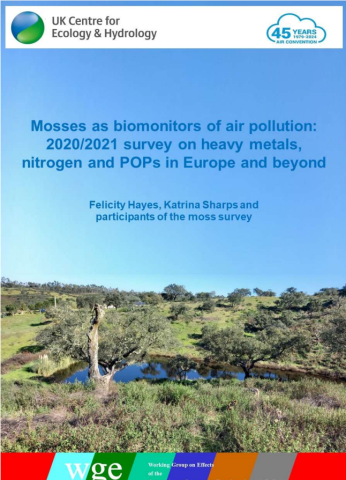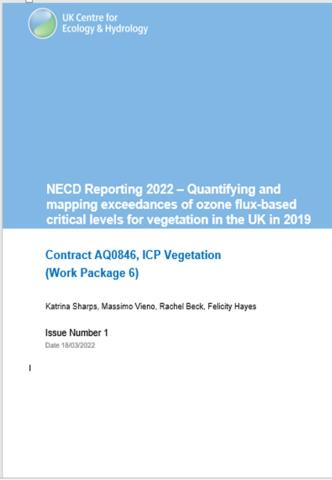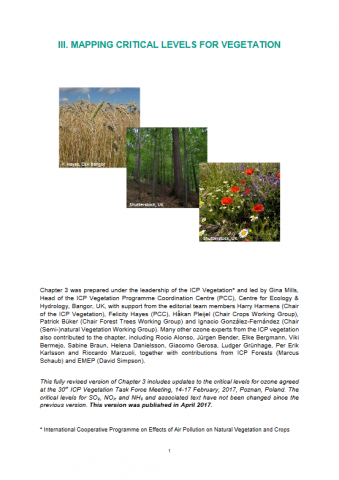| Title | Mosses as biomonitors of atmospheric heavy metal deposition: Spatial patterns and temporal trends in Europe |
| Publication Type | Journal Article |
| Year of Publication | 2010 |
| Authors | Harmens H., Norris D.A, Steinnes E., Kubin E., Piispanen J., Alber R., Aleksiayenak Y., Blum O., Coskun M., Dam M., De Temmerman L., Fernandez J.A, Frolova M., Frontasyeva M., Gonzalez-Miqueo L., Grodzinska K., Jeran Z., Korzekwa S., Krmar M., Kvietkusr K., Leblond S., Liiv S., Magnusson S.H, Mankovska B., Pesch R., Ruehling A., Santamaria J.M, Schroder W., Spiric Z., Suchara I., Thoni L., Urumov V., Yurukova L., Zechmeister H.G |
| Journal | Environmental Pollution |
| Volume | 158 |
| Pagination | 3144-3156 |
| Date Published | Oct |
| ISBN Number | 0269-7491 |
| Accession Number | WOS:000282260200020 |
| Keywords | heavy metals |
| Abstract | In recent decades, mosses have been used successfully as biomonitors of atmospheric deposition of heavy metals. Since 1990, the European moss survey has been repeated at five-yearly intervals. Although spatial patterns were metal-specific, in 2005 the lowest concentrations of metals in mosses were generally found in Scandinavia, the Baltic States and northern parts of the UK; the highest concentrations were generally found in Belgium and south-eastern Europe. The recent decline in emission and subsequent deposition of heavy metals across Europe has resulted in a decrease in the heavy metal concentration in mosses for the majority of metals. Since 1990, the concentration in mosses has declined the most for arsenic, cadmium, iron, lead and vanadium (52-72%), followed by copper, nickel and zinc (20-30%), with no significant reduction being observed for mercury (12% since 1995) and chromium (2%). However, temporal trends were country-specific with sometimes increases being found. (c) 2010 Elsevier Ltd. All rights reserved. |
| URL | https://www.ncbi.nlm.nih.gov/pubmed/20674112 |
| DOI | 10.1016/j.envpol.2010.06.039 |
| Alternate Journal | Environ Pollut |


